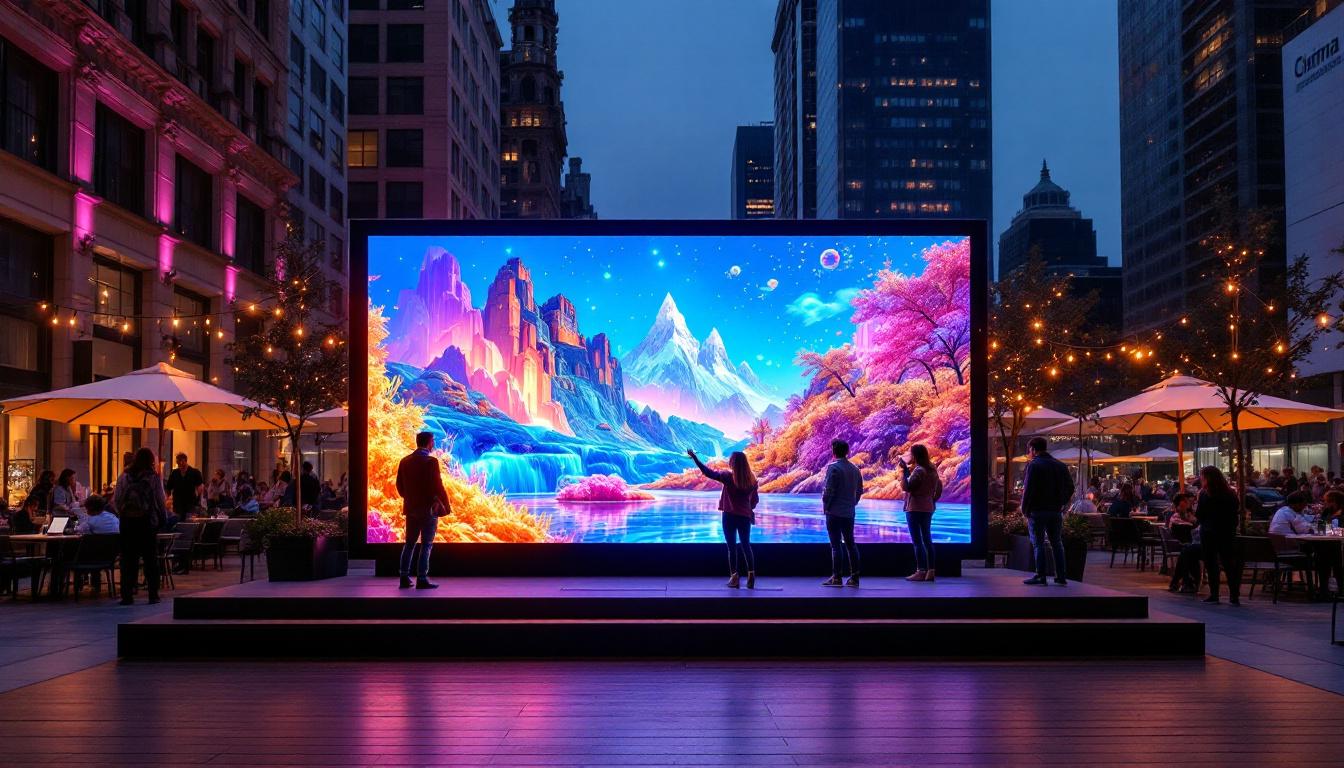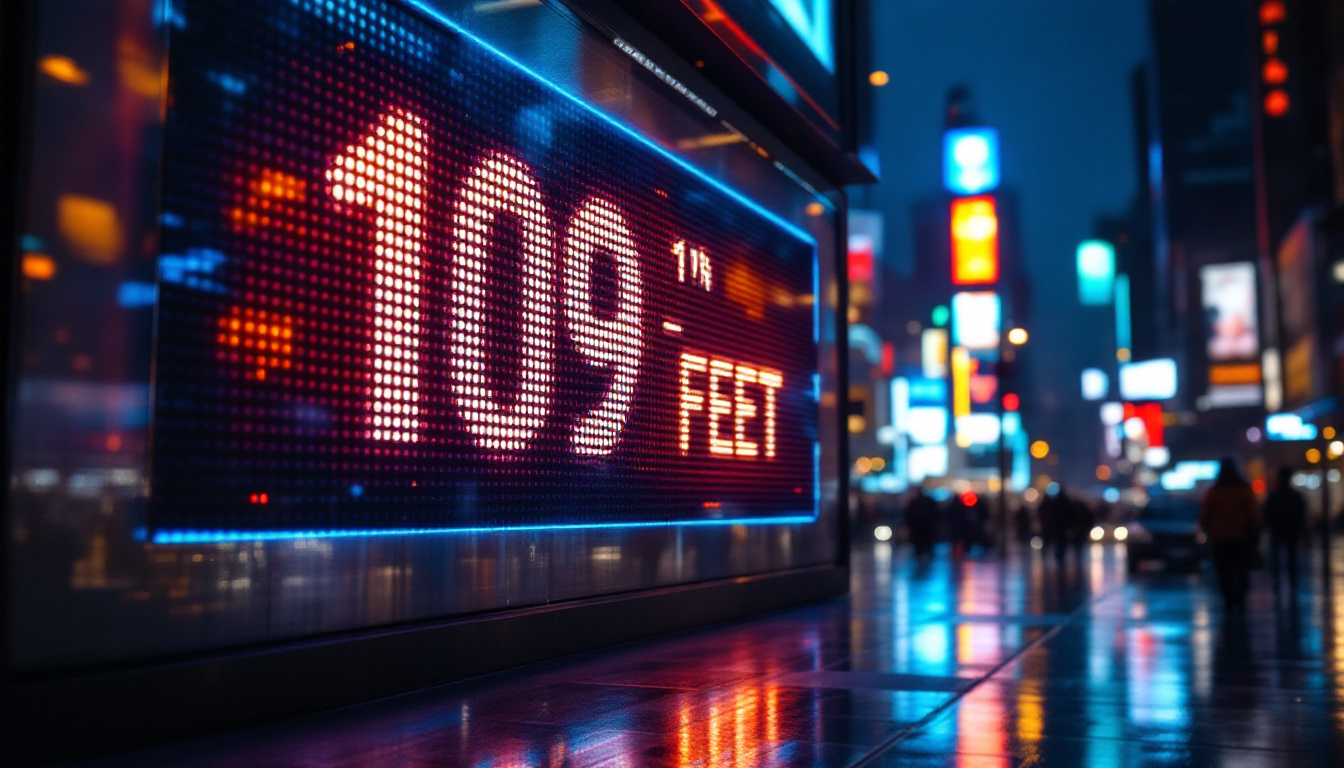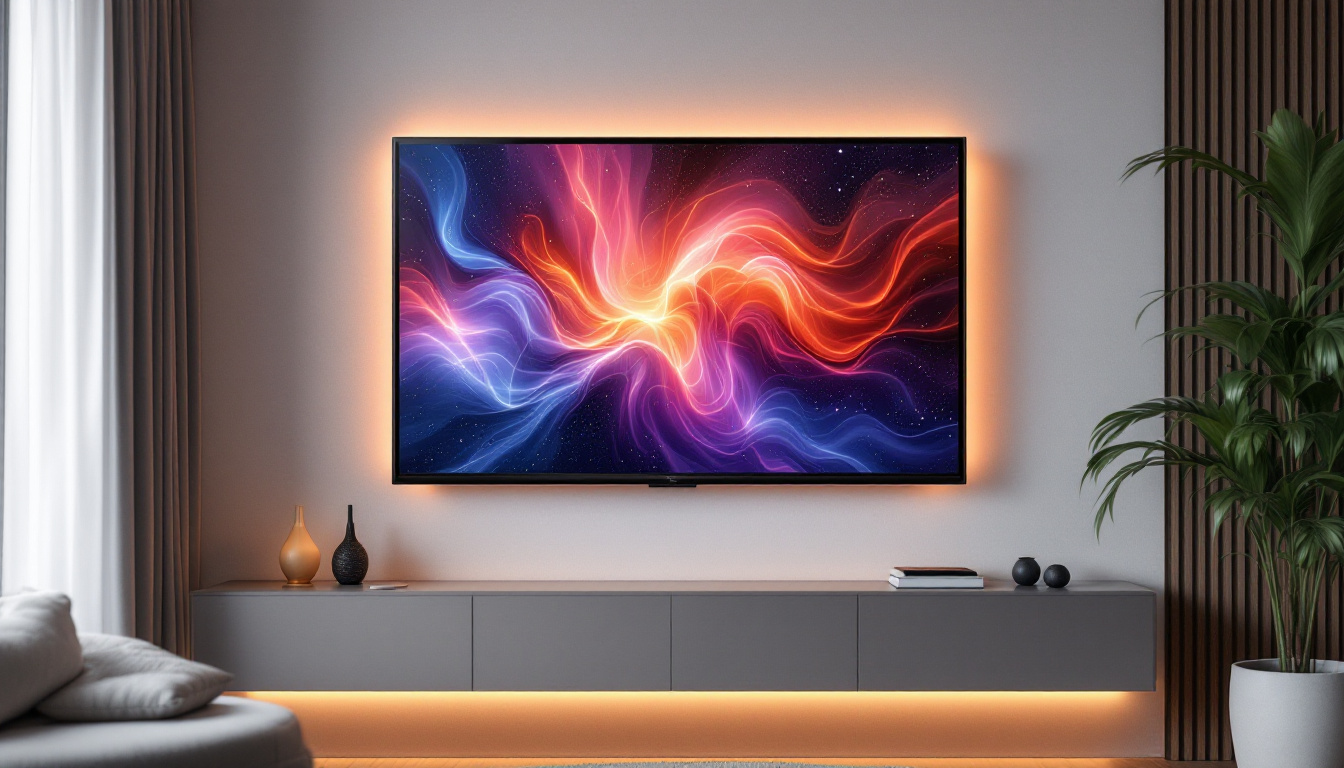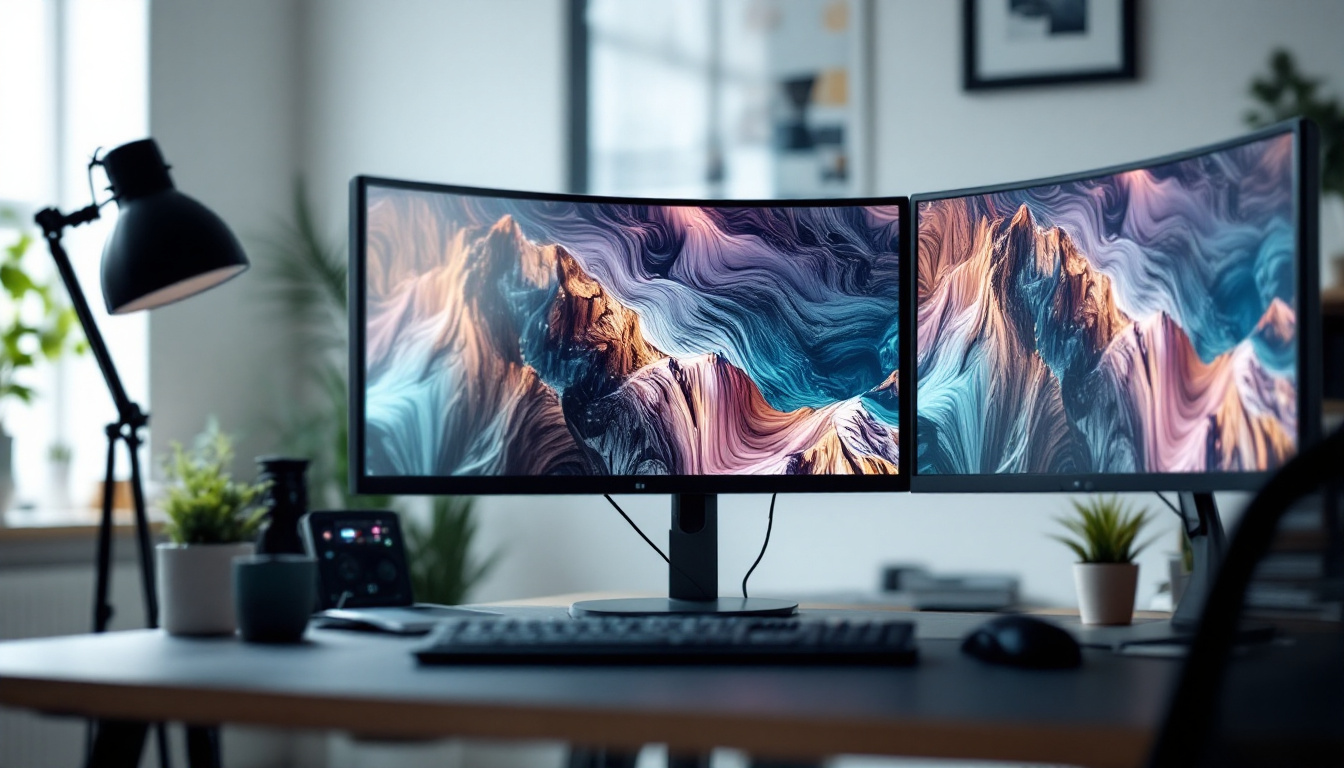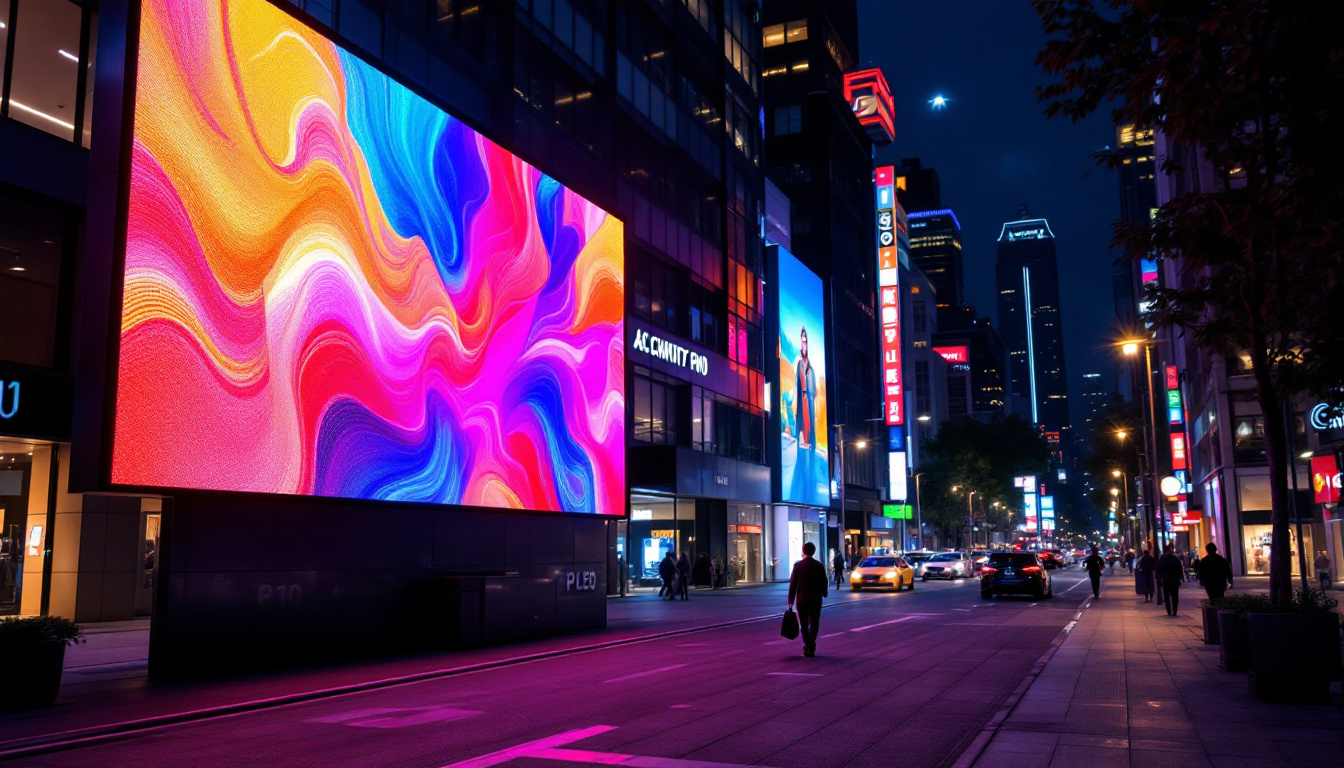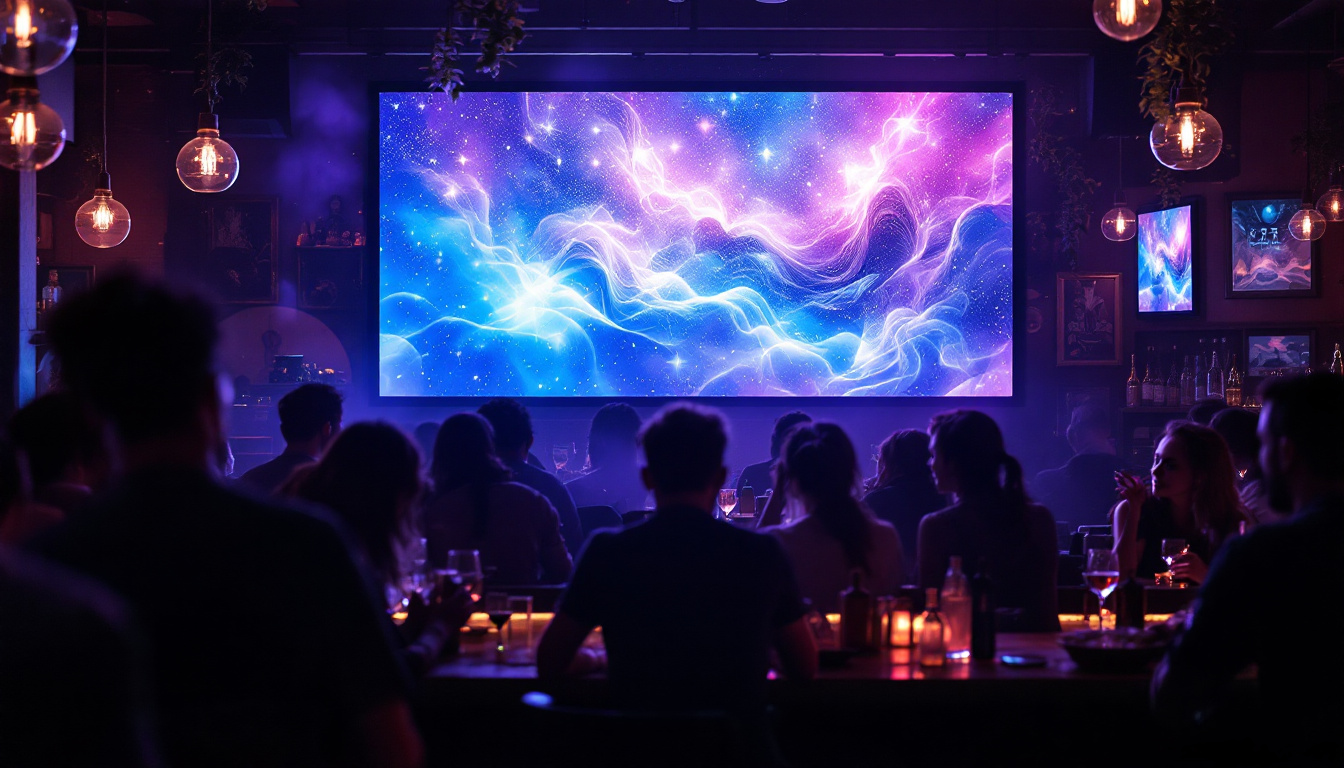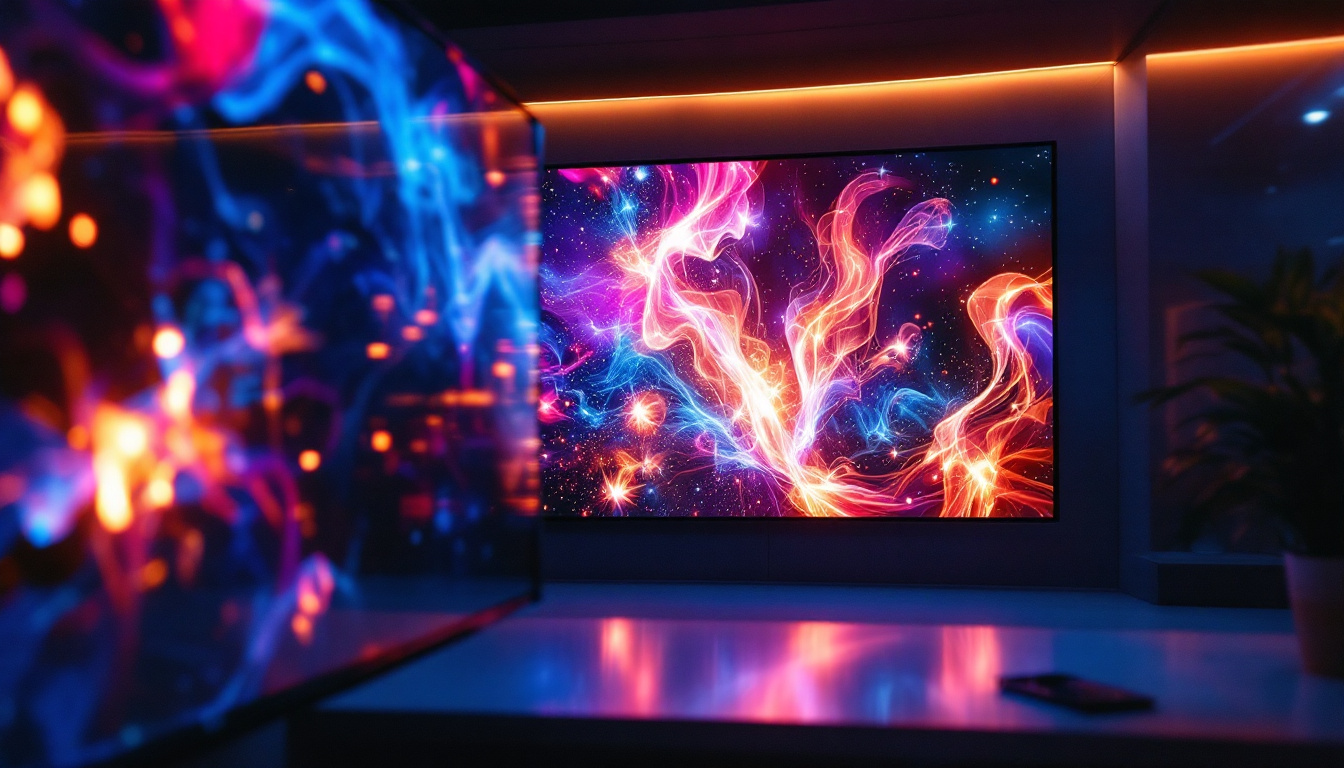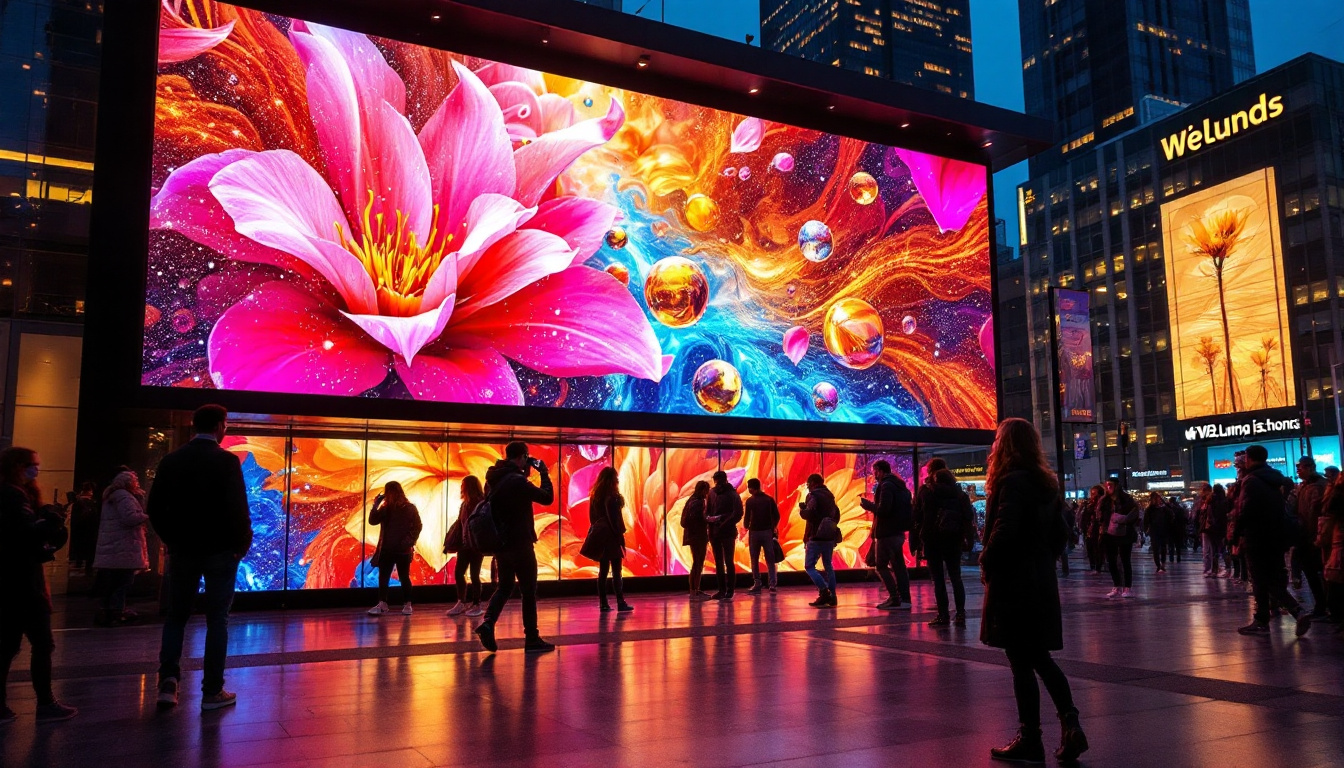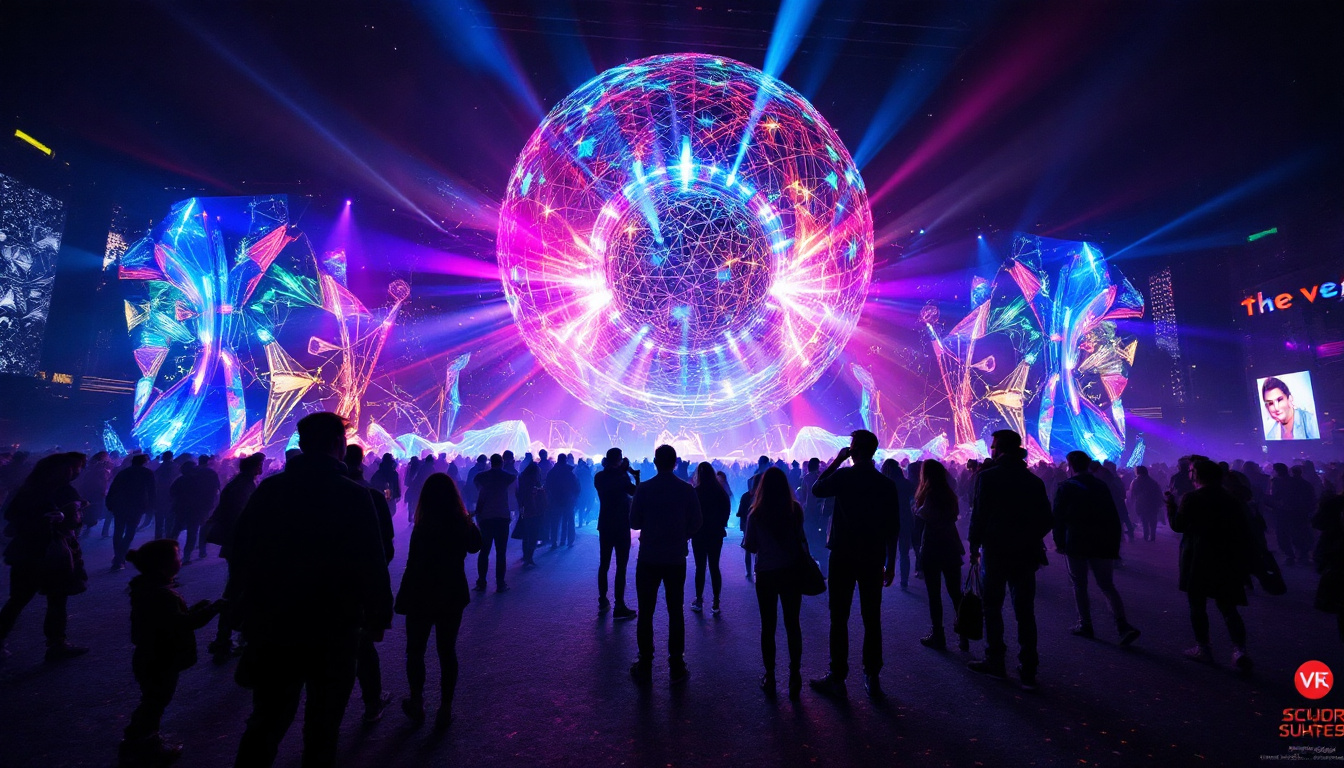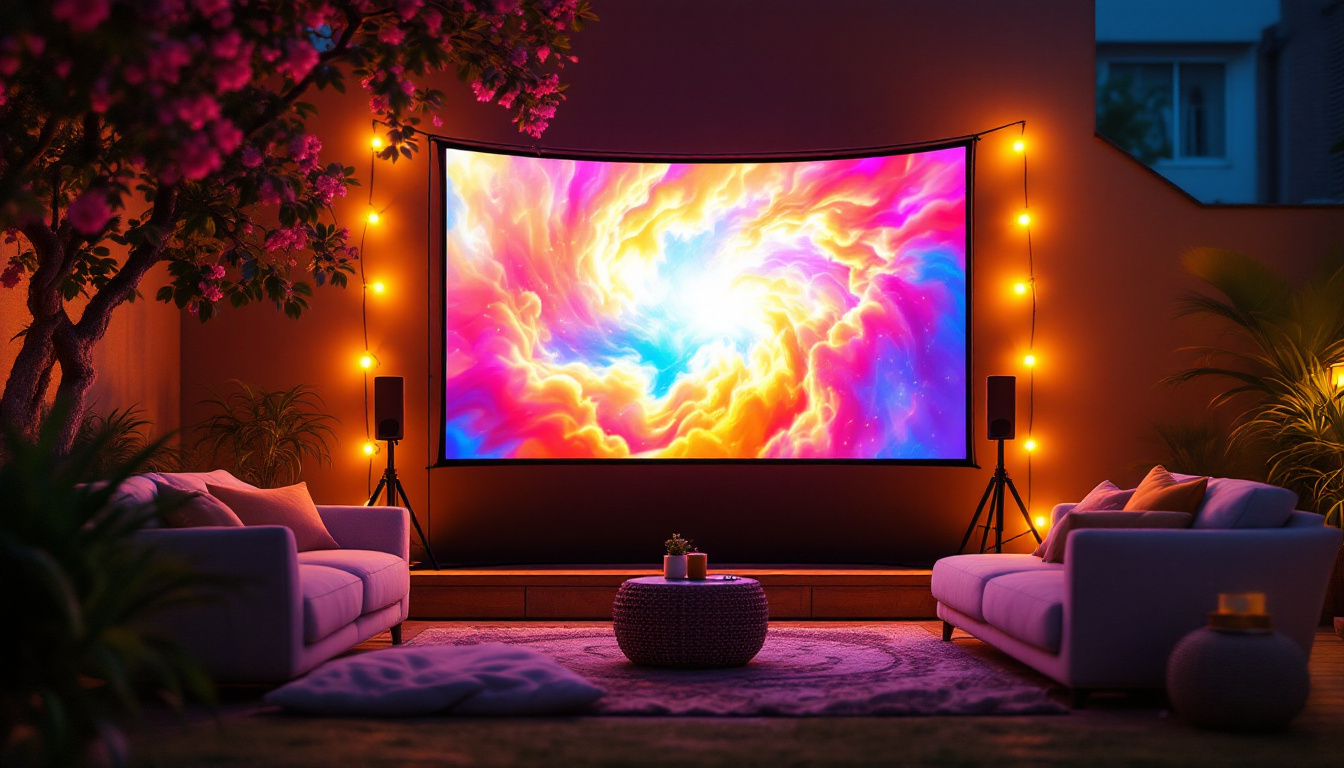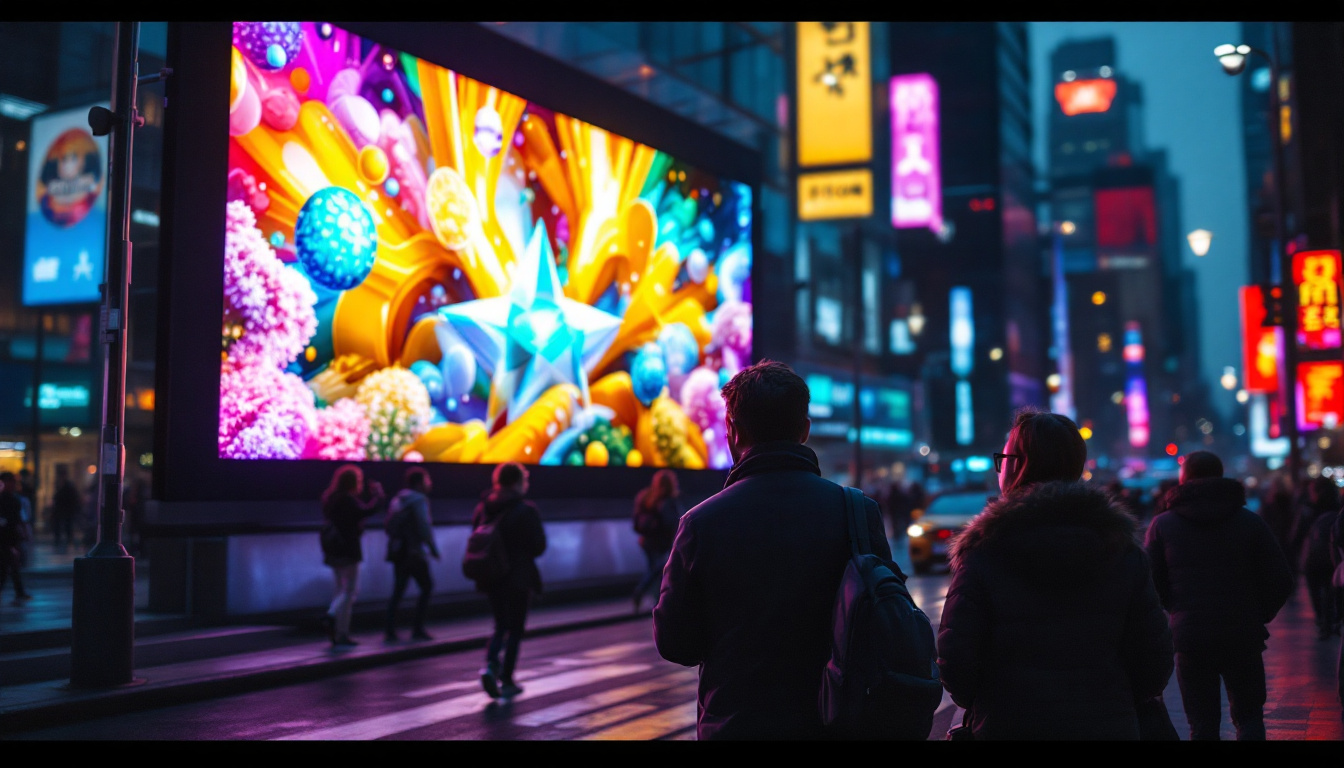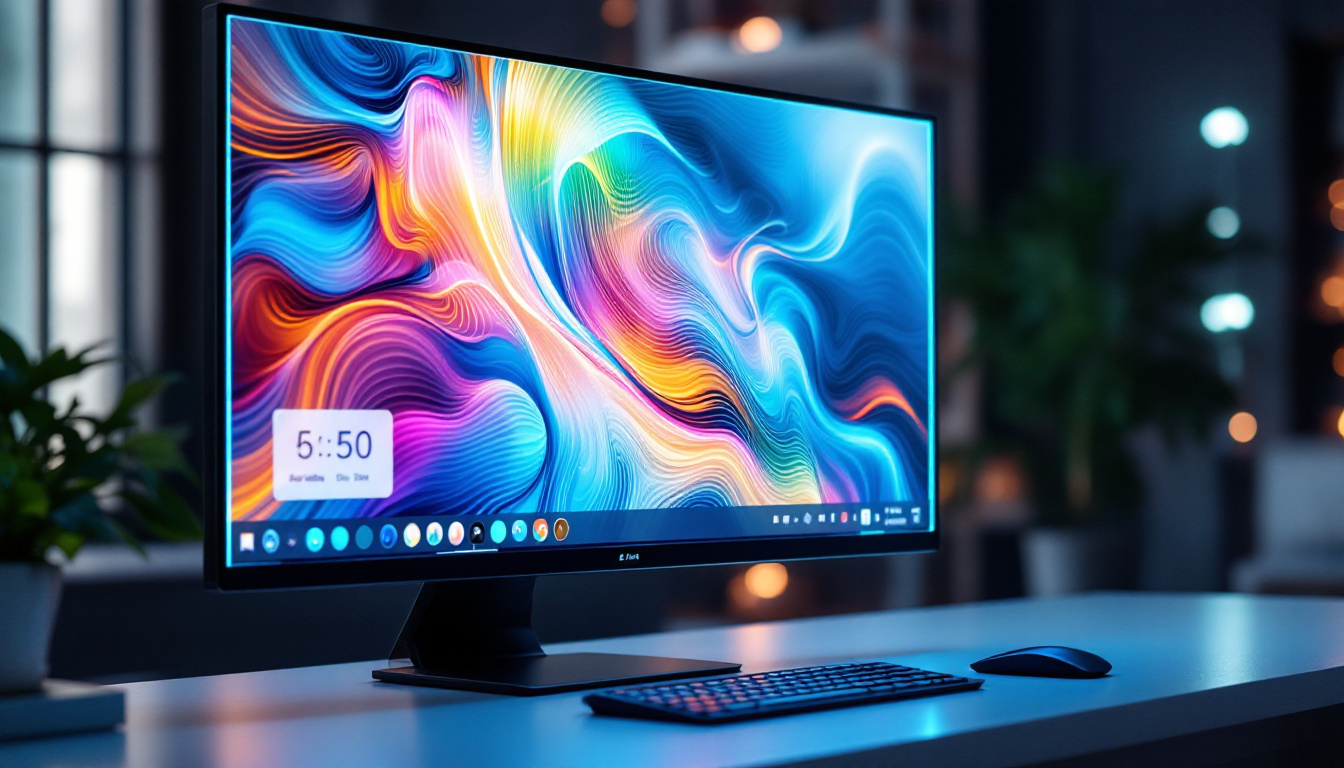In today’s fast-paced digital world, outdoor touch screen LED displays have become an integral part of urban landscapes, retail environments, transportation hubs, and public spaces. These dynamic displays combine the interactivity of touch screens with the vibrant visibility of LED technology, creating engaging and informative experiences for users regardless of weather or lighting conditions. This article delves into the technology behind outdoor touch screen LED displays, their applications, advantages, and considerations for selecting the right system.
Understanding Outdoor Touch Screen LED Displays
Outdoor touch screen LED displays merge two advanced technologies: LED (Light Emitting Diode) screens and capacitive or resistive touch interfaces. The result is a robust, interactive digital signage solution designed to perform reliably in challenging outdoor environments.
What is an LED Display?
LED displays consist of numerous tiny light-emitting diodes arranged in a matrix to form images, videos, or text. Unlike LCDs, LEDs emit their own light, which allows for higher brightness levels, better contrast, and superior visibility in direct sunlight. Outdoor LED displays typically feature brightness levels ranging from 2,500 to over 8,000 nits, ensuring clear readability even on the brightest days.
The modular design of LED panels allows for scalable screen sizes, from small kiosks to massive billboards. Additionally, the energy efficiency and long lifespan of LEDs make them a cost-effective choice for continuous outdoor use. This longevity is particularly beneficial for businesses that rely on outdoor advertising, as it minimizes maintenance costs and downtime. Furthermore, advancements in LED technology have led to improved color accuracy and dynamic range, enhancing the overall visual experience for viewers.
How Does the Touch Screen Function in Outdoor Settings?
Outdoor touch screens utilize specialized touch technologies that can withstand environmental challenges such as rain, dust, extreme temperatures, and direct sunlight. The most common technologies include:
- Projected Capacitive Touch (PCAP): This technology detects touch through an electrostatic field, enabling multi-touch capabilities and high accuracy. PCAP is highly durable and supports use with gloves or styluses, making it ideal for outdoor applications.
- Resistive Touch: Composed of multiple layers, resistive touch screens register input when pressure is applied. While less sensitive than PCAP and generally supporting single touch, they are more resistant to contaminants and can be more cost-effective.
- Infrared Touch: Infrared touch screens use an array of IR LEDs and sensors around the screen edges to detect touch. They are highly durable and can work with any input method, including gloved fingers, but may be more susceptible to environmental interference.
For outdoor use, touch screens are typically sealed to meet IP65 or higher ratings, ensuring protection against water and dust ingress. This sealing is crucial, as it allows the displays to function optimally in various weather conditions, from heavy rain to extreme heat. Moreover, many outdoor touch screens are equipped with anti-glare and anti-reflective coatings that enhance visibility under bright sunlight, making them user-friendly even in the most challenging light conditions. As a result, these displays are not only functional but also provide an engaging experience for users, encouraging interaction and increasing the effectiveness of advertising campaigns.
Key Features and Benefits of Outdoor Touch Screen LED Displays
Outdoor touch screen LED displays offer a unique blend of visibility, interactivity, and durability, making them invaluable for a variety of applications.
High Brightness and Visibility
One of the defining features of outdoor LED displays is their ability to maintain image clarity under direct sunlight. With brightness levels often exceeding 5,000 nits, these displays outperform traditional LCDs, which typically max out around 1,000 nits. This ensures that content remains vibrant and legible throughout the day, regardless of weather conditions.
Additionally, LED displays provide wide viewing angles, allowing multiple users to view content simultaneously without distortion or color shift.
Durability and Weather Resistance
Outdoor environments expose displays to rain, dust, extreme temperatures, and physical impact. Outdoor touch screen LED displays are engineered with rugged enclosures made from materials like aluminum or stainless steel, often featuring tempered glass or anti-reflective coatings. These enclosures protect internal components and maintain touch sensitivity.
Many outdoor LED displays meet industry standards such as IP65 or IP68, ensuring they are dust-tight and protected against water jets or immersion. This level of protection is crucial for installations in public spaces or harsh climates.
Interactive Engagement and User Experience
Adding touch interactivity to outdoor LED displays transforms passive signage into an engaging platform. Users can navigate menus, access information, complete transactions, or participate in interactive advertising campaigns.
For example, city wayfinding kiosks equipped with outdoor touch screen LED displays allow pedestrians to find directions, transit schedules, or local attractions with ease. Retailers use these displays for product catalogs, promotions, and self-service checkouts, enhancing customer satisfaction and increasing sales.
Energy Efficiency and Longevity
LED technology is inherently energy-efficient compared to traditional lighting and display solutions. Outdoor LED displays consume less power while delivering higher brightness, reducing operational costs over time.
Moreover, LEDs have a long operational lifespan, often exceeding 50,000 hours. This durability minimizes maintenance frequency and downtime, which is especially important for public or commercial installations where reliability is critical.
Applications of Outdoor Touch Screen LED Displays
The versatility of outdoor touch screen LED displays has led to their widespread adoption across numerous sectors. Their ability to combine visibility with interactivity opens up innovative use cases.
Smart City and Public Information Systems
Municipalities are increasingly deploying interactive LED kiosks for public information, wayfinding, and emergency alerts. These systems provide real-time transit updates, event information, and local news, improving urban mobility and citizen engagement.
For instance, the city of Singapore has implemented outdoor interactive LED displays at transit stations, allowing commuters to check schedules, plan routes, and receive service notifications seamlessly.
Retail and Advertising
Retailers leverage outdoor touch screen LED displays to attract foot traffic and enhance the shopping experience. Interactive digital signage can showcase dynamic promotions, enable product searches, and facilitate contactless payments.
Brands like Adidas and Nike have incorporated outdoor interactive LED displays in flagship stores and pop-up events, creating immersive brand experiences that drive customer interaction and loyalty.
Transportation Hubs
Airports, bus terminals, and train stations utilize outdoor touch screen LED displays to provide travelers with up-to-date schedules, ticketing services, and wayfinding assistance. The robust design ensures continuous operation despite exposure to the elements.
For example, London Heathrow Airport has installed outdoor interactive LED displays at key entrances and waiting areas, enhancing passenger convenience and operational efficiency.
Hospitality and Entertainment Venues
Outdoor touch screen LED displays are popular in stadiums, amusement parks, and hotels for ticketing, event information, and interactive maps. They help manage crowd flow and elevate visitor experiences through engaging digital content.
Choosing the Right Outdoor Touch Screen LED Display
Selecting the appropriate outdoor touch screen LED display depends on several factors including environment, intended use, and budget. Understanding these considerations ensures optimal performance and return on investment.
Brightness and Resolution Requirements
Brightness must be sufficient to overcome ambient light, especially in sunny locations. While 5,000 nits is generally adequate for most outdoor settings, extremely bright environments may require displays with 8,000 nits or higher.
Resolution impacts image clarity and detail. Higher resolution is important for close-up viewing, such as interactive kiosks, whereas large billboards viewed from a distance can use lower pixel pitches.
Touch Technology Selection
The choice between projected capacitive, resistive, or infrared touch depends on factors like touch accuracy, environmental exposure, and cost. PCAP is preferred for multi-touch and glove-friendly operation, while resistive may be suitable for simpler applications with budget constraints.
Environmental Protection and Durability
Check the IP rating and operating temperature range to ensure the display can withstand local weather conditions. Additional features like anti-glare coatings, vandal-resistant glass, and robust enclosures enhance durability and user experience.
Connectivity and Software Integration
Modern outdoor touch screen LED displays often support wireless connectivity, remote content management, and integration with IoT platforms. These capabilities enable real-time updates, analytics, and seamless operation within larger digital ecosystems.
Maintenance and Support
Consider the ease of maintenance and availability of technical support. Modular LED panels and accessible components reduce downtime and service costs. Partnering with reputable manufacturers and installers ensures long-term reliability.
Future Trends in Outdoor Touch Screen LED Displays
The outdoor digital signage industry continues to evolve rapidly, driven by advances in display technology, AI, and connectivity.
Higher Resolution and Miniaturization
Emerging micro-LED technology promises even higher brightness, contrast, and energy efficiency, enabling thinner and lighter displays with exceptional image quality. This will expand the possibilities for outdoor interactive installations.
Enhanced Interactivity with AI and Sensors
Integration of AI-powered analytics and sensors will allow outdoor touch screen LED displays to deliver personalized content based on user behavior, demographics, and environmental conditions. Gesture recognition and voice control may complement touch input for more intuitive interactions.
Increased Sustainability
Manufacturers are focusing on eco-friendly materials, energy-saving designs, and recyclability to reduce the environmental impact of outdoor displays. Solar-powered units and smart energy management systems are also gaining traction.
Conclusion
Outdoor touch screen LED displays represent a powerful convergence of visibility, durability, and interactivity. Their ability to deliver vibrant content and engage users in all weather conditions makes them indispensable for smart cities, retail, transportation, and entertainment sectors.
By understanding the underlying technologies, key features, and application requirements, businesses and municipalities can select and deploy outdoor touch screen LED displays that maximize impact and longevity. As technology advances, these displays will become even more immersive, intelligent, and sustainable, shaping the future of outdoor digital communication.
Discover LumenMatrix’s Advanced LED Display Solutions
Ready to elevate your outdoor space with unparalleled vibrancy and interactivity? LumenMatrix is at the forefront of LED display innovation, offering a wide array of solutions tailored to meet your needs. From Outdoor LED Wall Displays that withstand the elements to Custom LED Displays designed for your unique vision, our technology is crafted to captivate and engage. Experience the future of visual communication with LumenMatrix and transform your message into an unforgettable visual journey. Check out LumenMatrix LED Display Solutions today and see the difference cutting-edge technology can make.

